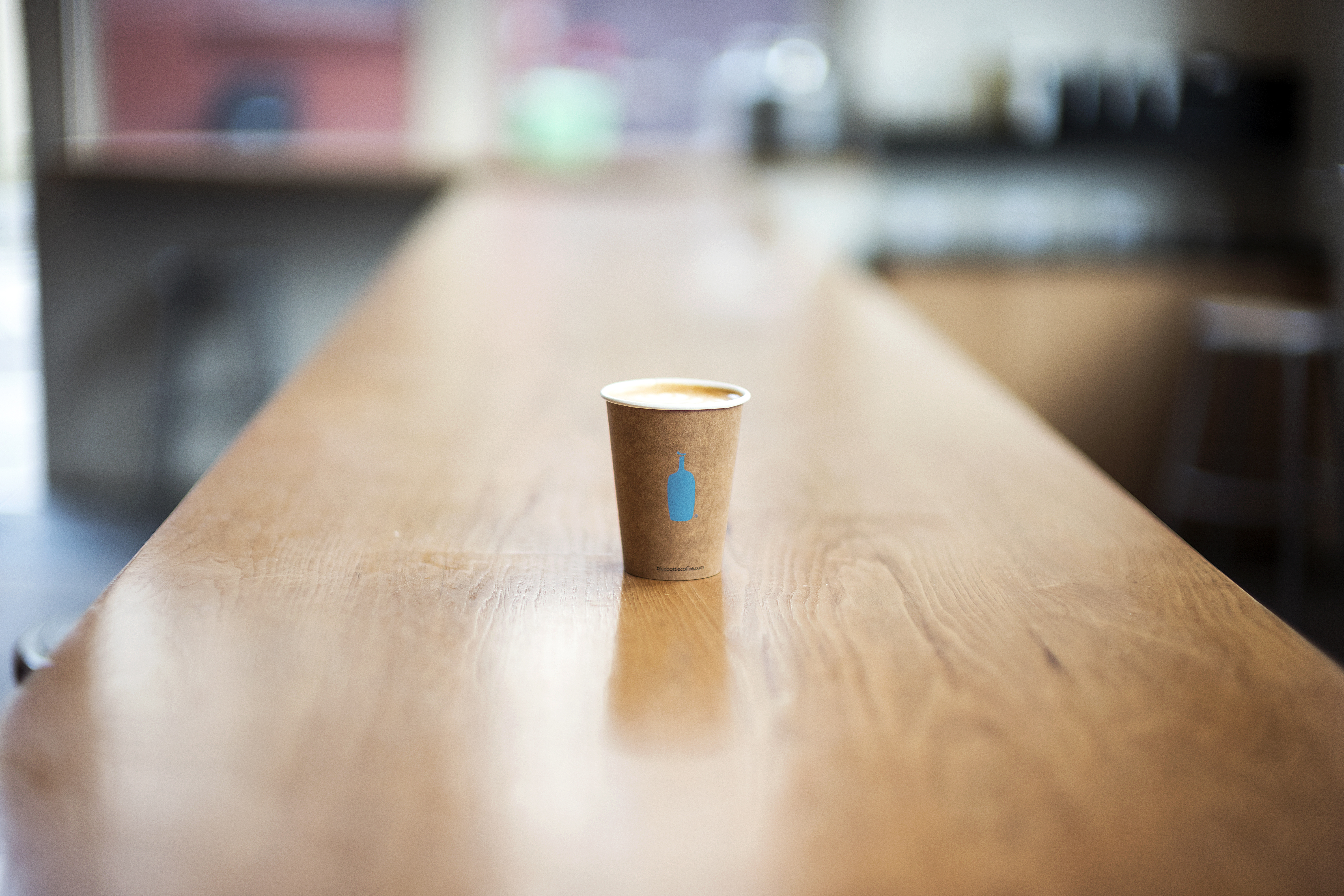Today’s Best Consumer Brands Act Like Software Startups
By Priscilla Tyler and Natasha Sharma, September 20, 2018

Photo Credit: Christopher Michel
While we don’t describe ourselves as thesis investors, in that we don’t focus investment dollars on a specific sector, we have seen some success with consumer brands over the last few years. Along the way, we’ve studied what’s working well for today’s most high-growth, venture-backed businesses, both within the True portfolio and among the greater startup ecosystem.
We’ve found that the consumer brands excelling in terms of engagement, brand loyalty, and revenue hardly act like consumer brands at all. Rather, the Pelotons and Glossiers of the world operate more like software companies than their traditional consumer-brand counterparts. They are innately user-centric, iterate on a dime, and have transformed customer relationships into team-like unities — a far cry from the transactional thinking of the consumer companies of yesteryear.
Here are some of the software-like characteristics a handful of today’s most prolific consumer brands have in common, along with our takeaways for startup Founders of all types and their teams.
1. They have land-and-expand mindsets.
One thing we look for in potential SaaS investments is whether or not a company offers a suite of product offerings or has plans to expand its offerings down the line. Room for healthy, strategic expansion that doesn’t require loads of sales effort ensures efficiency and, hopefully, a low CAC.
Away, maker of “first class luggage at a coach price,” sells modern, moderately priced luggage and complementary travel accessories too, including packing cubes and trusty toiletry bags. It’s a smart move considering the luggage itself isn’t the type of product that should require repeat purchase patterns.
Billie is another example of a brand that built a moat of product offerings around a hero product in order to capitalize on not just one category but its adjacent sub-categories as well. Billie, dubbed “The New Body Brand,” is well known for razors, but also offers a range of products spanning every part of their customers’ bathrooms, including shave cream, lotion, and body wash.
Founder Takeaway: If your focus is on one consumer product that is unlikely to inspire repeat purchases, consider how you might expand your brand to include a more cohesive collection of complementary offerings.
![]()
2. They are subscription-based or have subscription-like models.
Subscription models are the bread and butter of successful software companies, and they’re now a keystone of an increasing number of consumer brands. According to a McKinsey & Company report covering subscription boxes and e-commerce consumers, the subscription e-commerce market has grown by more than 100 percent a year over the past half decade.
Quip makes sleekly designed, battery-powered toothbrushes and offers brush refills by subscription, while Daily Harvest touts Instagram-famous smoothie cups, delivered weekly or monthly, that you store in your freezer and blend at home. Fitness brands like Peloton have even created entirely new categories by inventing fitness hardware products that reach their full potential by way of subscription-based content libraries.
These are literal examples of subscription services, but there are also a number of consumer brands that we consider “lifestyle subscriptions” in their ability to attract fanatical customers and continually inspire them to transact when prompted by new products. Outdoor Voices touted new colorways of its versatile exercise dress, which has stockpiled attention from fashion and lifestyle publications. Customers’ credit cards may not be charged automatically, but perhaps OV has nailed how to tap into the consumer’s desire for first and immediate access.
Founder Takeaway: Complement your consumer product with a subscription service to encourage stronger LTV, a consistent stream of revenue, and constant interaction with your brand.
![]()
3. They’re keen on crowdsourced intel and iterative development.
Rolling out new features at a steady cadence is typical for software startups and the products they produce, but it’s less common for traditional consumer brands, which often operate on seasonality and are managed top-down. Contrastingly, some of today’s most prolific consumer brands are incredibly iterative and place high value on crowdsourced intel.
Every week, Everlane hosts what they call Transparency Tuesday, Instagram Stories where customers are invited to ask questions of all types and the Everlane team answers with full transparency. Questions range from inquiries about the company’s ethical policies to what Everlane’s talent team looks for in potential hires.
To customers’ delight, they even turn some of these questions into merchandising intel. One Everlane customer asked when a certain shoe would be available in a new colorway and the company responded by sharing an Instagram Story with a glimpse of an internal Slack discussion where Everlane team members discussed restocking the product, turning the customer’s desire into a reality.
The result? Customers feel their voices are heard. A study published by digital agency Wunderman found that 88 percent of its surveyed participants want to engage with brands that are setting new standards, while more than half, 56 percent, feel more loyal to brands that show a deep understanding of their priorities and preferences.
Founder Takeaway: Find ways to invite your customers to “join your team” and when their thoughts inform the product you produce, be sure to show and tell them how they helped.
![]()
4. They have community at their core.
Open source platforms like npm and WordPress, the latter of which powers 30 percent of all websites, couldn’t exist without enthusiastic communities who believe in what those companies have created. These platforms enable their global audiences to share knowledge, engage at scale, and work together to improve their products. The result is unstoppable collective power.
Ben Clymer started Hodinkee to give watch enthusiasts a homebase. The brand has since expanded into a multimedia haven and online shop that features not only watches, but other high-quality products to which watch enthusiasts are drawn: classic leather wallets, meticulously crafted sunglasses, and fine pens. As a result, Hodinkee’s online store, The H Shop, is more like an exclusive club than an e-commerce wing.
In Clymer’s 2016 relaunch of the shop, he shared that the store would be fully transparent in how it describes its vintage goods. “We’ll tell you everything from the get-go,” wrote Clymer. “Good and Bad. Because you know what? These watches are old, and it’s OK to have some things wrong with them – anyone trying to sell you a half-century old watch with nothing wrong with it is selling you something else entirely.” As shared in Digiday, 65 percent of Hodinkee’s revenue is now from e-commerce, an impressive transition considering the site operated entirely from ad revenue previously.
Founder Takeaway: The most successful community-driven brands place incredibly high value on customer relationships. Consistent, honest communication paired with a platform built for super fans can set the stage for explosive growth.
![]()
5. They focus on markets with high daily active usage.
Like with software startups that have grown into colossal enterprise businesses, some of today’s most high-growth, contagious consumer brands have focused on markets that have high daily active usage. And what says “high daily active usage” more than a cup of coffee?
Blue Bottle Coffee carved its own space within a red ocean market and became the face of a category among a new crop of consumers who wanted artisanal coffee from a values-based brand. From encouraging real-life, face-to-face conversation in their cafes, to valuing craft over convenience, to transparency around the company’s sustainable sourcing of beans, the Blue Bottle team was able to sculpt a fresh take on an industry that was priorly prone to touting free wifi and cups to go.
Founder Takeaway: If you’re looking to reinvent within a red ocean market, focus astutely on developing your key differentiators. If they align with what your customer values, you may have struck a kind of gold that can be mined – in mass quantity – on the daily.
![]()

